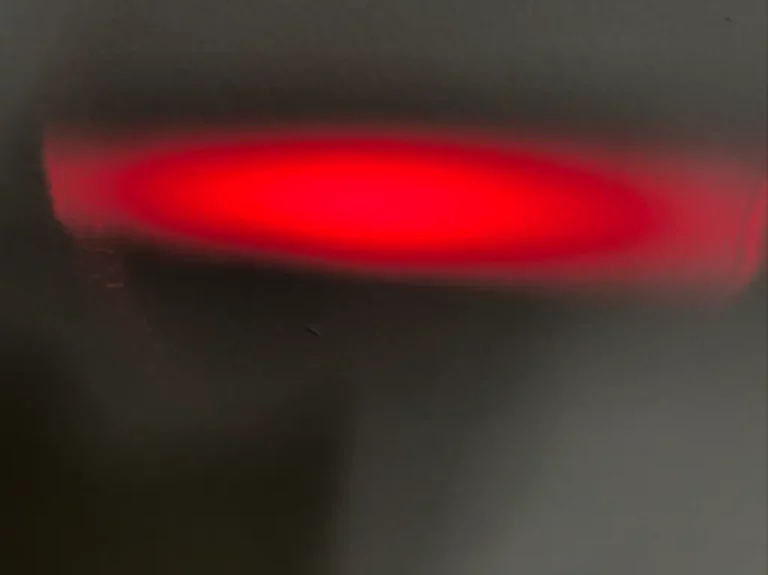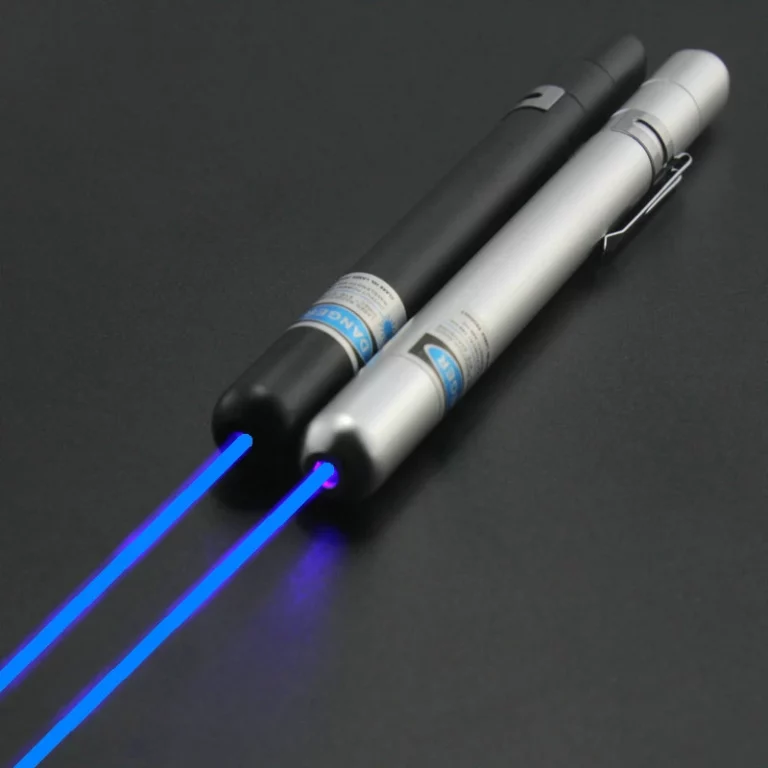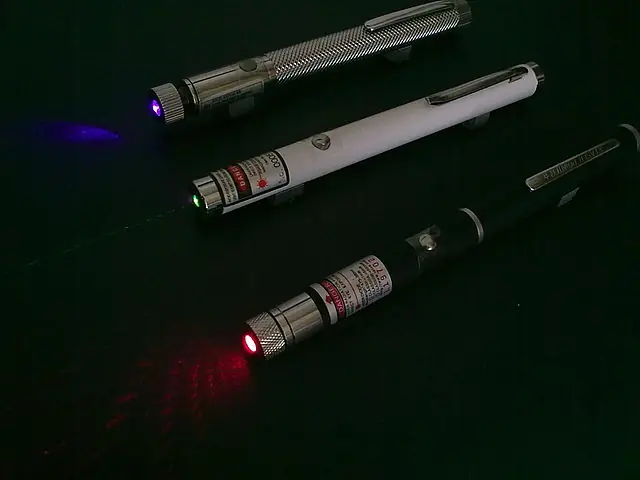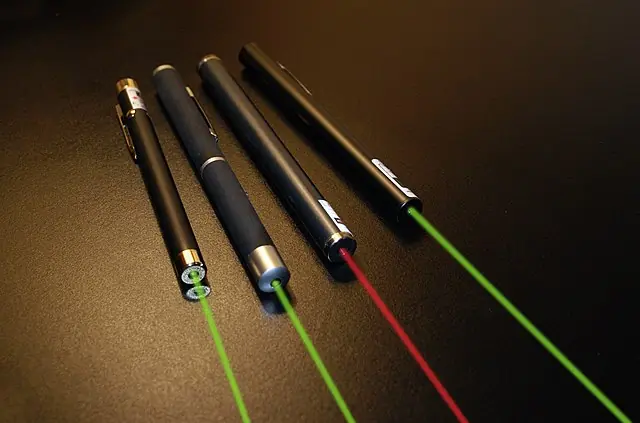How Far Can A Laser Pointer Go?

Laser pointers are handy tools that have become increasingly popular in recent years. They are used for a variety of purposes, including giving presentations, pointing out stars in the sky, and even playing with pets. However, many people are unaware of the distance limit of a laser pointer and the potential hazards that come with using them improperly. In this article, we will explore how far a laser pointer can go and what factors affect its range.
The Science Behind Laser Pointers
Laser pointers emit light through a process called stimulated emission, which generates coherent light. Unlike regular lights, which emit light in all directions, laser pointers produce a narrow, focused beam of light.
The light in a laser pointer is produced by exciting a gain medium, a material that contains atoms that emit photons when excited. These photons are all in phase, which means they are aligned with each other and produce a concentrated beam of light.
Factors Affecting the Distance of a Laser Pointer
The distance that a laser pointer can travel depends on several critical factors. These include the power of the laser, the color of the laser, beam divergence, and atmospheric conditions.
The Power of the Laser
One of the most significant factors that determine the distance a laser pointer can travel is its power. Higher power lasers emit more light, making them visible at greater distances. A laser pointer with a more powerful beam will be able to reach farther than one with less power.
The Color of the Laser
The color of a laser pointer also plays a significant role in how far it can travel. Blue laser pointers, for example, are more visible than red ones, and green lasers are even more visible than blue lasers. This is because the human eye is more sensitive to certain colors of light.
Beam Divergence
Beam divergence refers to how quickly a laser beam spreads out as it travels away from the source. Laser pointers with a high beam divergence will have a shorter range because the beam will spread out quickly. The more focused the beam is, the farther it will travel.
Atmospheric Conditions
Atmospheric conditions can also impact the distance a laser pointer can travel. Humidity, temperature, and air density can all affect how far the beam will travel. In humid or foggy conditions, light will scatter more, reducing the range of the laser pointer. In contrast, clear conditions will allow the beam to travel further.
Examples of Laser Pointers and Their Distances
Although laser pointers are handy tools, they can be hazardous if not used correctly. The most significant danger is their potential to cause permanent eye damage and blindness. The retina of the eye is sensitive to laser light, and exposure to even a low-powered laser pointer can cause damage.
Moreover, the use of laser pointers in public spaces can be illegal and may result in fines or legal consequences. For instance, shining a laser pointer at an aircraft is a federal crime in the United States, and offenders can face hefty fines or even imprisonment.
Other safety concerns associated with laser pointers include the potential to distract drivers, create panic in crowds, or ignite flammable materials. It is crucial to use laser pointers responsibly, avoid shining them into people’s eyes, and follow safety guidelines set by regulatory bodies.
Conclusion
In conclusion, the distance a laser pointer can travel depends on several factors, including the power of the laser, the color of the laser, beam divergence, and atmospheric conditions. It is essential to use laser pointers responsibly and avoid shining them into people’s eyes. By understanding the factors that affect a laser pointer’s range, users can ensure safe and responsible use of these handy tools.





